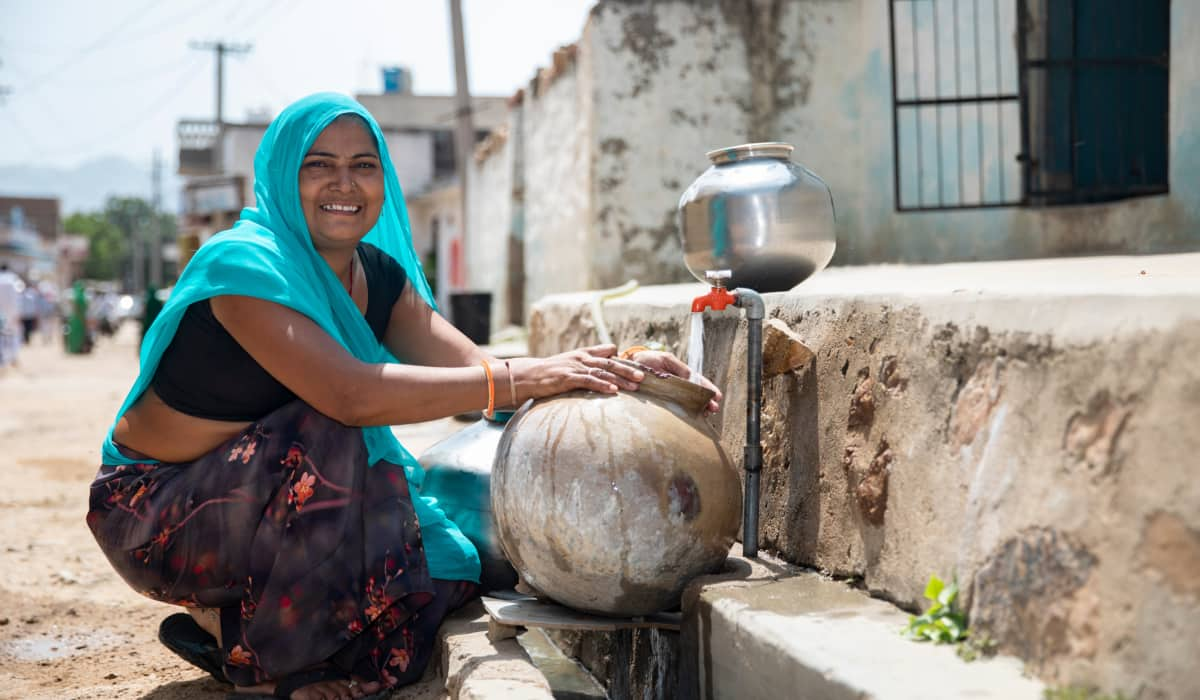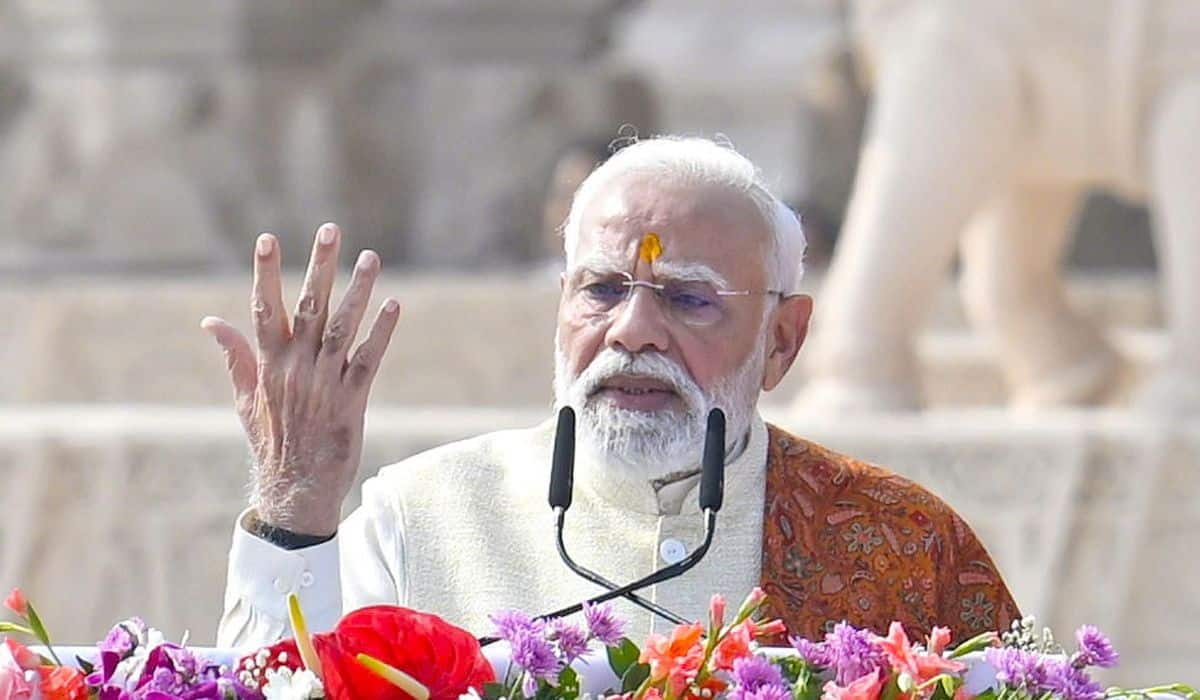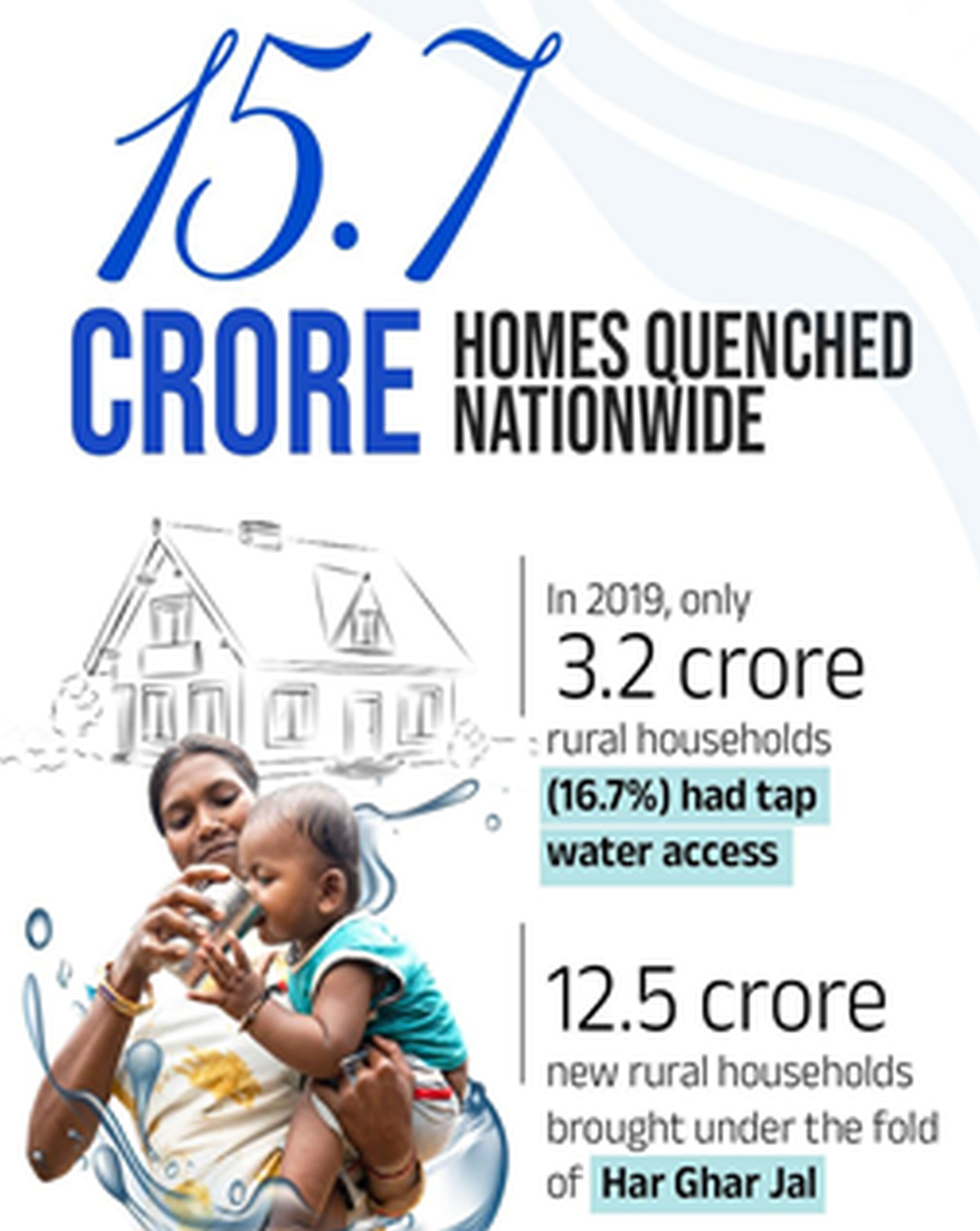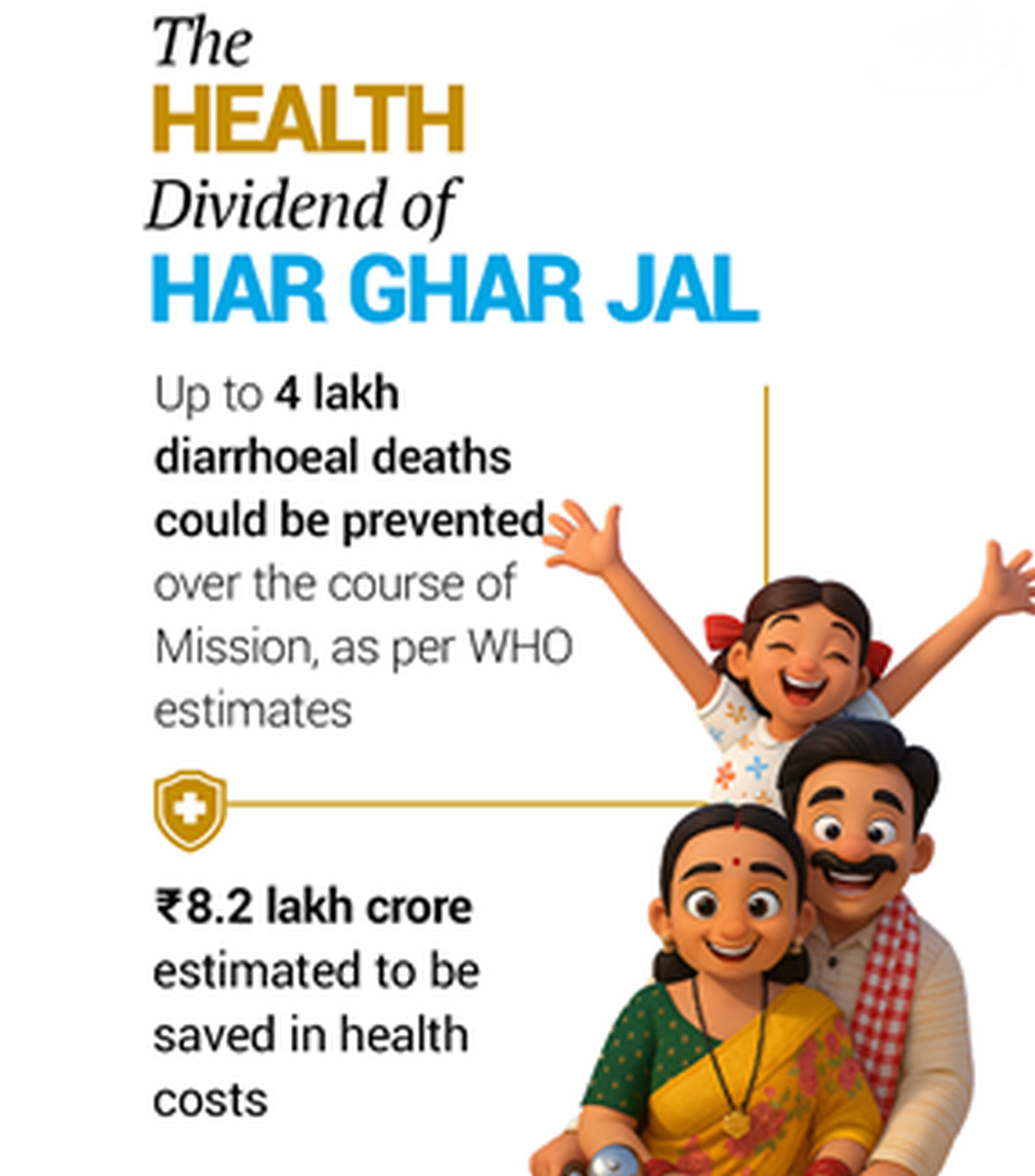It has been rightly said by Thomas Fuller, “We never know the worth of water till the well is dry." Gujarat has been a State where 20% area had 71% water resources and the remaining 80% areas had merely 29% water resources and rural regions have been most affected by this crisis. Managing water resources has been one of the biggest challenges for the State Government.
However, it was Shri Narendra Modi’s political nerve which turned this crisis into an opportunity. He went a step ahead and created a ‘Special Purpose Vehicle’ called WASMO (Water and Sanitation Management Organization) in 2002 to empower the rural communities in managing drinking water supply and sanitation. It would thus be noteworthy to further learn more on how this community driven project has yielded marvelous tangible as well as intangible outcomes in molding decentralized, self-sustained villages.

One of the key drivers for involving rural citizens in the decision-making process of water supply has been the formation of Pani Samitis as sub-committees of the Gram Panchayat. The distinctiveness of these committees lies in the very aspect that women and marginalized groups have been assured adequate representation. WASMO carried out an extensive capacity-building programme to instill confidence among the committee members to carry out the financial activities of the Samiti.
The members of the Samiti are also directed to contribute towards ten percent of the capital costs in order to nurture a sense of ownership as well as responsibility towards welfare of the village. Pani Samitis have particularly institutionalized the involvement of women leading to a positive impact in terms of sanitation, health, checking water-borne diseases and reduction in drudgery. The number of Pani Samitis has powerfully grown from 82 to 18,076 between the years 2002 and 2012.
Moving ahead in ensuring safe drinking water to rural regions, WASMO implemented the Rural Drinking Water Quality and Surveillance Programme.Various sector partners of the Organization such as Gujarat Water Supply and Sewerage Board (GWSSB)and UNICEF played a role in this process. By the end of 2012, 16,676 water quality teams have been formed in different villages that hold the key responsibility in generating awareness safe drinking water and personal hygiene practices. Interestingly, these teams not only include activists from the Pani Samiti, Self-Help Groups (SHG), anganwadis but also make students and school teachers a part of the hygiene campaign.

The communitisation of rural water supply through WASMO has not only fulfilled Shri Narendra Modi’s idea of harnessing Jal-Shakti and making it an integral part of our culture and value system but was also been honored internationally with the United Nations Public Service Award –2009 under the category of “Fostering participation in policy-making decisions through innovative mechanisms” for “Institutionalization of Community Managed Drinking Water Supply Programme and User Level Water Quality”.
The far-reaching effects of decentralization through a social process driven approach adapted by WASMO can be witnessed in the improvement in the quality of rural lives. By the end of 2011, 72.22% of the households had tap connectivity in contrast to the national average of 26.6%. The rate of women who were affected by poor life condition in rural regions has substantially reduced from 53.8% to 7.7%. Moreover, the dependency on tankers for water supply has been momentously decreased from 3961 villages in 2003 to 7 villages in 2011.

The holistic nature of the State Government’s schemes for rural water supply implemented by WASMO has dealt with many issues such as travelling long distances to fetch water, conflicts in water distribution, dependence on external agencies etc.
Shri Narendra Modi’s attitude in bringing people at the centre of governance and leveraging local leadership has undoubtedly fulfilled Gandhiji’s idea of “Surajya” by strengthening the system of Panchayati Raj! WASMO has been a dynamic force in amalgamating people’s participation with governance.
















